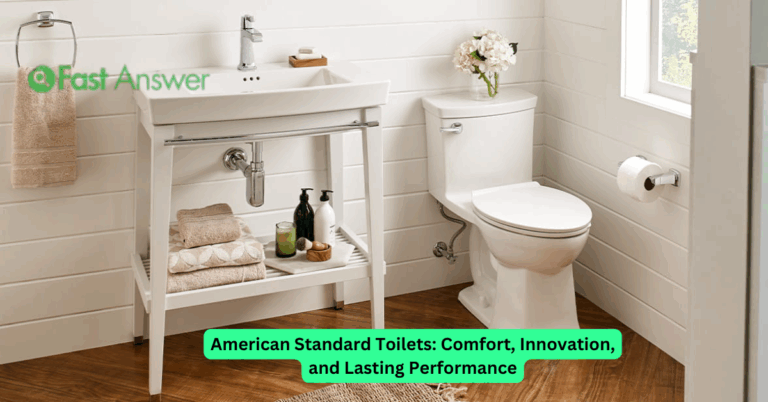Upgrade Your Pool’s Look and Lifespan with the Right Pool Liner
A fresh pool liner doesn’t just improve the appearance of your swimming pool it also enhances durability, protects structural integrity, and ensures a more enjoyable swimming experience. Whether you own an in-ground or above-ground pool, choosing the right liner is essential to prevent leaks, extend the life of your pool, and create a visually stunning backyard oasis. Available in a variety of materials, colors, and patterns, modern pool liners offer customizable aesthetics paired with long-term performance. If you’re considering replacing an aging liner or installing a new one, understanding your options is key to making the best investment for your space.
Why Pool Liners Are Critical to Pool Health and Performance
Pool liners do more than just look good—they provide a protective barrier that prevents water from seeping into the ground or damaging your pool’s structure. A high-quality pool liner resists UV rays, chemicals, and punctures, making it essential for maintaining water levels and reducing the need for frequent maintenance. Liners also create a smooth surface that enhances swimmer comfort and simplifies cleaning. By forming a watertight seal, they help preserve the condition of your pool walls and base, particularly in above-ground models or older in-ground setups. Replacing a worn or faded liner not only improves safety but also raises the overall value of your pool.
Types of Pool Liners and How to Choose the Best One
Pool liners are typically categorized by pool type (above-ground vs. in-ground) and material composition. Vinyl liners are the most common, favored for their affordability, flexibility, and resistance to mold and algae. Within vinyl liners, you’ll find overlap, beaded, and unibead styles each with different installation methods. Thickness also matters: liners range from 20 mil to 30 mil, with thicker options offering better durability. Patterns and textures add a design element, with options that mimic tile, stone, or water effects. When choosing a liner, consider factors like pool shape, usage frequency, sunlight exposure, and whether you want to install it yourself or hire a professional.
Where to Buy Quality Pool Liners and What to Expect
You can find a wide selection of pool liners through online retailers, local pool supply stores, or direct from manufacturers. Websites like In The Swim, PoolSupplyWorld, and The Pool Factory offer customizable liner options for nearly every pool size and shape. Many provide interactive tools to help you measure your pool and select compatible styles. Look for warranties, UV resistance ratings, and installation instructions before buying. Prices vary based on size, thickness, and pattern complexity, but investing in a premium liner can save money long-term by reducing the frequency of replacement and maintenance needs.
Tips for Installation, Maintenance, and Extending Liner Life
Proper installation is crucial to avoid wrinkles, stretching, or damage. Whether DIY or professionally done, make sure your pool liner is laid on a smooth, clean base and installed during optimal temperatures (usually above 60°F). Regular maintenance includes maintaining balanced pool chemistry to prevent liner degradation, brushing the liner walls gently to remove debris, and avoiding sharp objects in the water. Covering your pool when not in use can also protect against UV damage and wear. With proper care, a quality vinyl liner can last 8–12 years, making it a smart investment for both residential and commercial pool owners.
Frequently Asked Questions
How long does a vinyl pool liner typically last?
On average, a well-maintained vinyl liner lasts between 8 and 12 years, depending on thickness, usage, and environmental conditions.
Can I install a pool liner myself?
Yes, many above-ground liners are DIY-friendly, but in-ground liners may require professional installation for a perfect fit.
Do all pool liners fit every pool type?
No, liners are pool-specific. Always check compatibility based on your pool’s shape, size, and wall type before purchasing.
What’s the difference between beaded and overlap liners?
Beaded liners snap into a track, providing a clean look, while overlap liners fold over the pool wall and are clamped into place.
Is it worth upgrading to a thicker liner?
Yes, thicker liners (25–30 mil) offer better puncture resistance and longevity, especially for high-use or heavily exposed pools.
